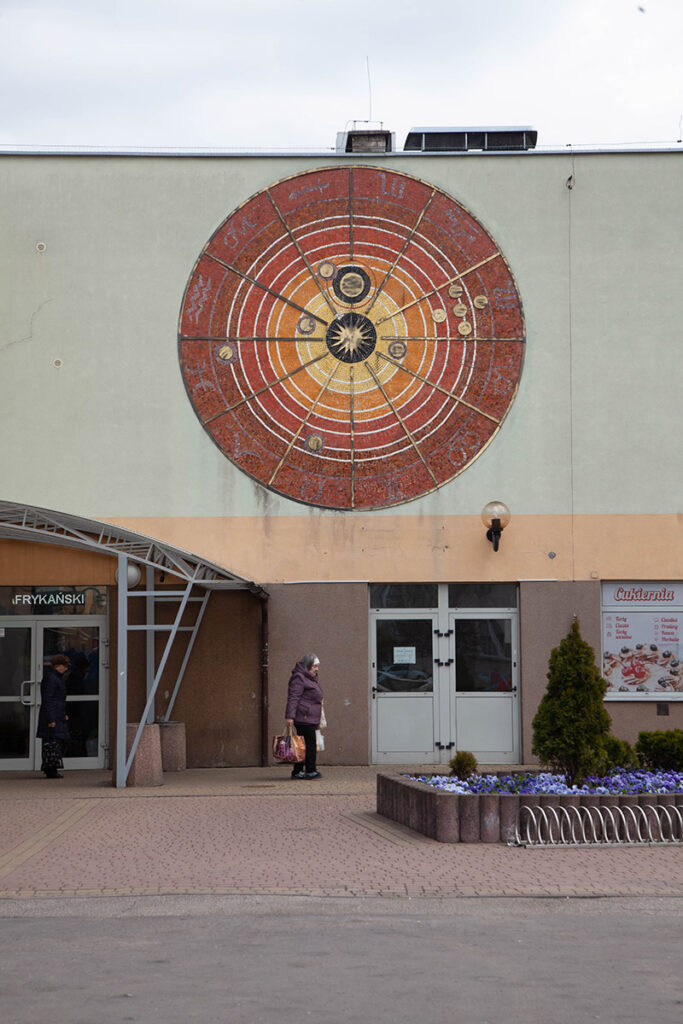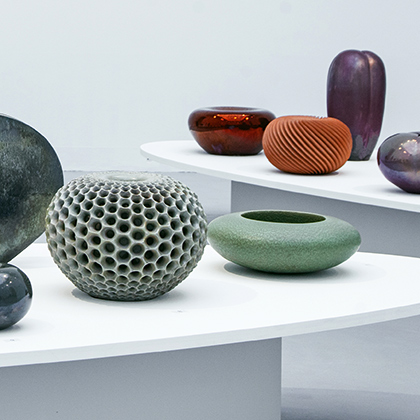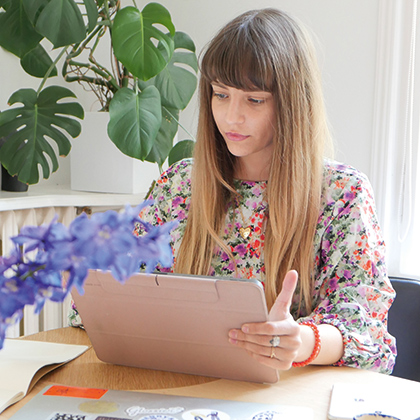SET IN STONE
Running down the area’s furthest eastern flank, the Osiedle Młodych housing estate was originally planned to contain all manner of leisure and retail options. These never saw life, but one part of this project did – that being, the in-fill of green areas with sculptures to help humanize the area.
Freshly cleaned after years amassing grime, the trail includes works by some of Poland’s most eminent sculptors of the post-war years: for example, Wiosna by Teresa Brzóskiewicz; Pelikan by Tadeusz Markiewicz; and the rather crappy looking Javelin by Władysław Frycz. Best of the lot, looks for Mieczysław Welter’s ‘conversation’, which features two women on a pole gazing beyond each other, and Ryszard Wojciechowski’s ‘Majestat wszechżycia’.
Standing around 2.5 meters in height, it depicts a naked woman apparently sitting on the sun. Dating from the mid-70s to early 80s, the meaning of all of these works is unknown, but without doubt they cast their own bizarre spell on those who pass by.
















